Scaling Uptake of Agricultural Technologies: ASARECA, MAAIF take lead in promoting utilization of virtual irrigation tools in Africa
By Ben Moses Ilakut
KASESE, UGANDA—”I am happy that there are technologies that can help farmers measure the amount of water, temperature, and the presence of nutrients in the soil. More so, I am excited that I am now a proud owner of these technologies,” said Ms. Tumusiime Yonah from Kinyamaseke and farmer in Mubuku I Irrigation Scheme in the Western Uganda district of Kasese. “Thank you for sensitizing us about these new technologies and how to use them. Knowledge on efficient use of water now resides with the right people. Soon, I will be able to save water and expand crop production.”
Tumusiime’s peers, Jemima and Kabasinguzi Jesca from Mubuku II Irrigation Scheme reinforce her reaction: “As a community of farmers we have been practicing flood irrigation, which means filling up the tied ridges with water as a measure of water adequacy, little did we know that we were chocking our plants with water and wasted our precious time. With the new tools, we will use only what is needed and dedicate more time to other productive activities.”
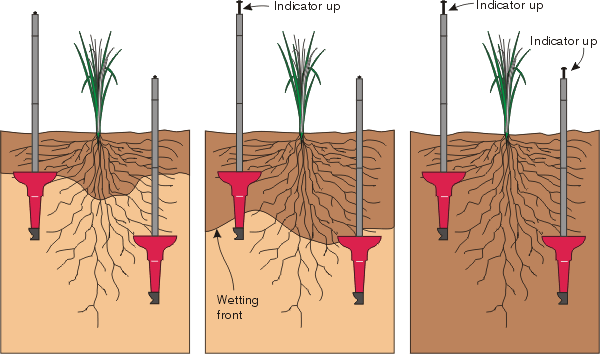
 Two among many
Two among many
These are just two testimonies among many from 31 farmers who on October 25, 2024 became the first Ugandans to own Virtual Irrigation Academy tools, revolutionary Science, Information and Communication technology (ICT) equipment aimed at enhancing precision in decision making in application of irrigation inputs. The tools are aimed at making informed choices and ultimately decisions on application of quantities of water, fertilizer (mainly nitrates), and appropriate temperatures for healthy crops.
The end in sight
“The main objective of deploying Virtual Irrigation Academy tools is to improve productivity and profitability through efficient use of water, salts and nutrients in the soil,” said Dr. Isaac Fandika, a lead scientist from Kasinthula Agricultural Research Station in Chikwawa, Malawi during the hand over. Dr. Fandika, who piloted the VIA tools since they were introduced to Africa (Tanzania and Malawi) in 2015 under the coordination of ASARECA, noted that the tools create a convergence for scientists interested in data, statistics, and the farmers interested in the most simplified usable presentation of the innovation to address their needs.
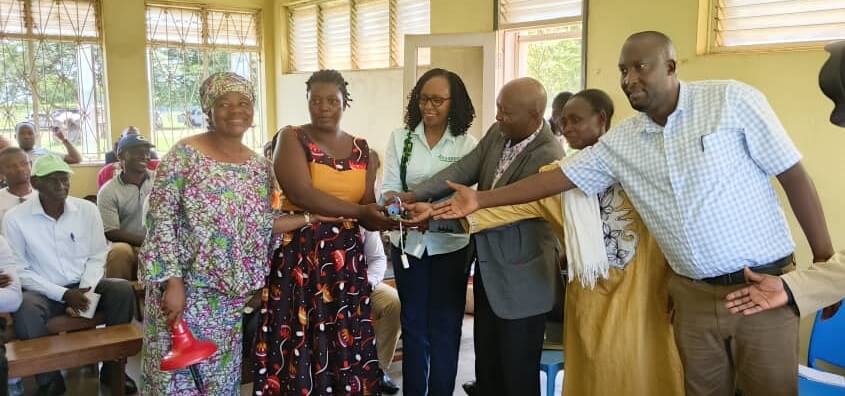
Partnerships
ASARECA in collaboration with the Ministry of Agriculture, Animal Industry and Fisheries, Uganda handed over a total of 50 soil moisture and nutrient monitoring kits to various farmer groups to pilot their use for decision support. This follows a week-long practical training and exposure of 70 stakeholders to the equipment including the Chameleon field reader, which signals when to irrigate; the Wetting front detector, which flags when to halt irrigation; the Nitrate strip kit, which monitors leaching of nutrients; and the Chameleon EC meter, which indicates the amount of salts in the soil.
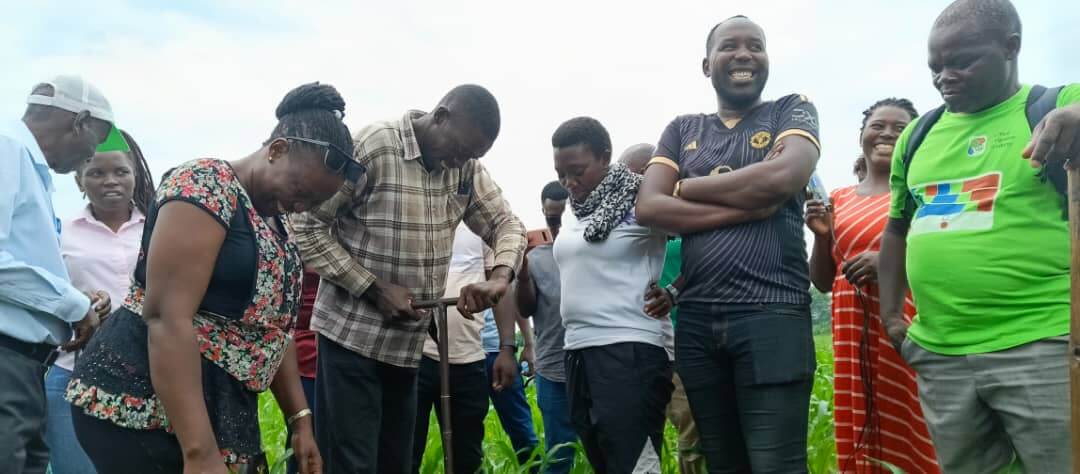
Explaining the revolutionary tools
The Chameleon field reader is equipped with sensors which relay data on the level of moisture in the soil and display the data as a colour associated with the findings. The blue colour means there is adequate water in the soil, green indicates moderate amount of water in the soil, while red indicates inadequate water in the soil. While the colours signal instant decisions on whether or not to irrigate or add nutrients to the soil, wiffi can be connected to a monitoring smart phone from where data is collected over time and analyzed by technical support teams to formulate longer term or futuristic decisions.
Governments key in mass adoption
Extolling the innovations, Kasese Chief administrative Officer, Mr. Byamungu Elias, as did the District Production Officer, Mr. Julius Baluku, said the innovations would boost the functionality of the existing Government Irrigation infrastructure. “We will certainly follow up the utilization of the equipment by integrating them into the Parish Development Model, the government rural development framework, and the micro-irrigation Programmes both aimed at enabling farmers to improve food and income security,” Byamungu pledged.

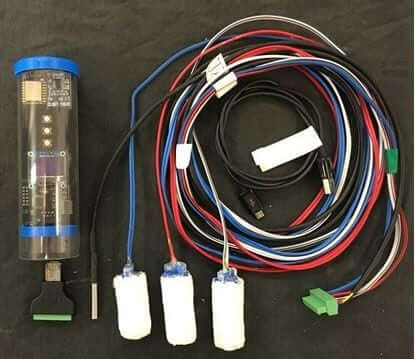
ASARECA’s role
Speaking to the participants and Government Officials, ASARECA Programme Officer for Policy, Ms. Julian Barungi said the tools were given to the farmers to enable them to put into use the skills they learnt. She urged the Government of Uganda, through the Ministry of Agriculture to take advantage of the technologies to enhance efficiency and productivity.
“The workshop is meant to enhance the capacity of farmers to use soil moisture and nutrient monitoring tools because farmers sometimes use more water than they need, leading to leaching of nutrients beyond the root zone where they cannot be accessed by the crops,” said Ms. Barungi. She explained that water scarcity being a major challenge in Kasese District, supporting farmers to use only required amounts of water increases on the number of beneficiaries and leads to expansion in acreage.
“The initial cohort of Trainers of Trainees including model farmers in the micro-scale irrigation program of Uganda Government Intergovernmental Fiscal Transfers (UgIFT), extension workers, experts from the National Agricultural Research Organization (NARO), District Local Government technicians and Technicians from Mubuku irrigation scheme will train other farmers in the irrigation scheme to utilize these climate smart tools.” ASARECA is an inter-governmental organization of 15 Member States. The key role of the Association is to engage in global partnerships to sniff benefits out there which can be of interest to Member States and ensure appropriate syndicates are created to bring the innovations home.
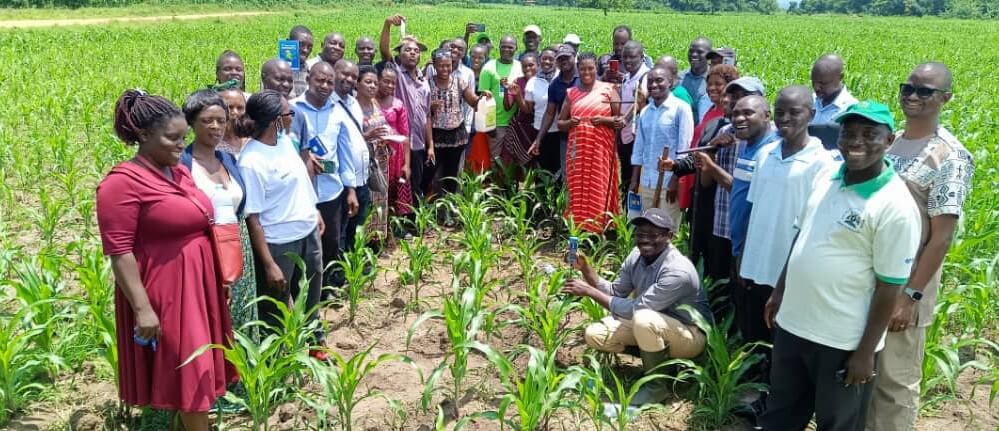
Uganda’s Agriculture Ministry at the centre
The Principal Engineer in charge of irrigation at MAAIF, Eng. Titus Nuwamanya noted that the training was timely as it would address the scramble for water during seasons of deficit. “There is no need to channel water to the garden when it is not needed. That water should be channeled to where there is need,” Eng. Nuwamanya observed.
During the training, participants developed action plans for utilization of climate smart agriculture tools. Some of the key actions mooted include engaging diverse stakeholders such as the local governments to further popularize the tools in the communities; mobilizing and registering additional farmers for practical training on use of the tools; forming farmer field schools for on-field piloting of the use of the VIA tools; undertaking monitoring and data collection for the deployed tools; and conducting monitoring and evaluation of the progress in adoption.

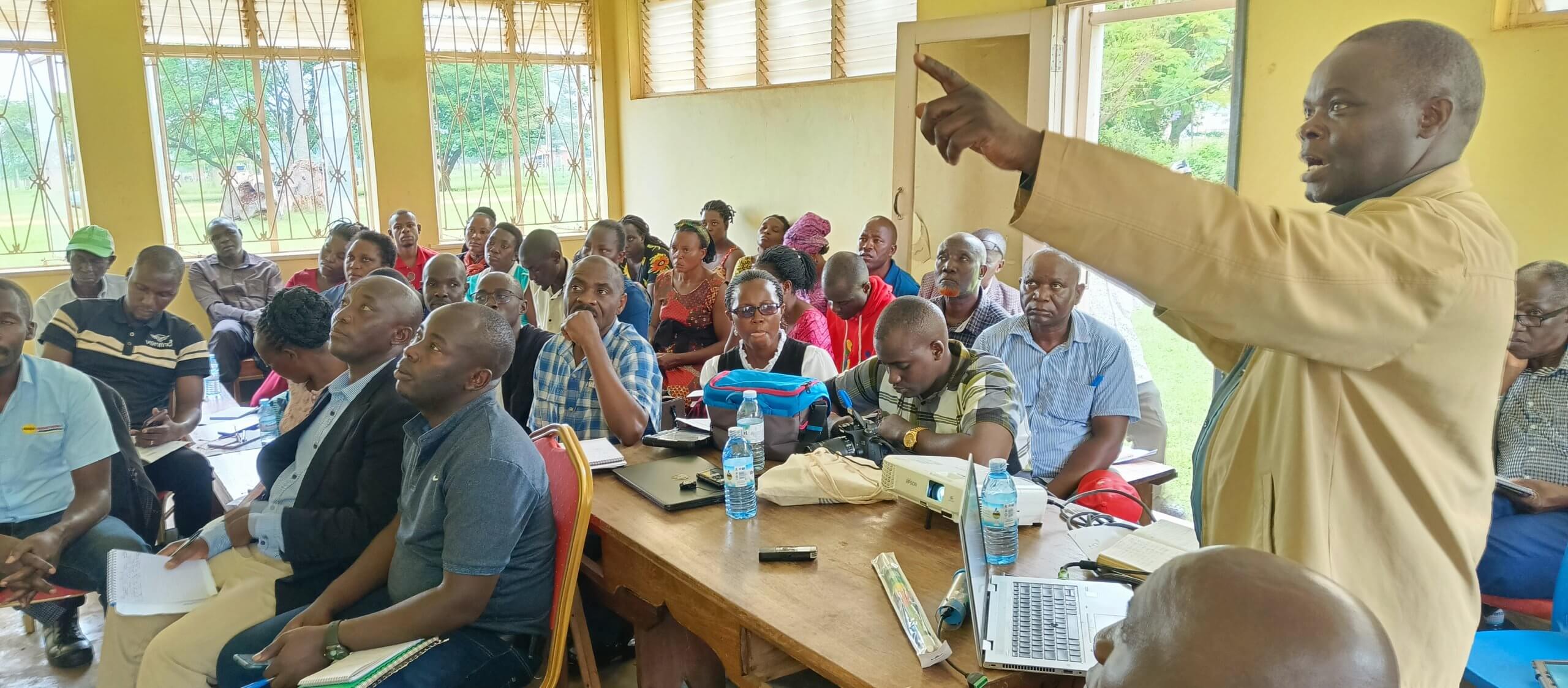 AICCRA project
AICCRA project
The training and purchase of the tools was facilitated under the Accelerating Impacts of CGIAR Climate Research for Africa (AICCRA) project financed by the World Bank through Alliance for Bioversity International and CIAT. The Project is aimed at enhancing the capacity of farmers in affected areas to utilize a series of Climate Smart Agriculture (CSA) technologies including those adopted through earlier ASARECA partnerships and interventions such as VIA.
70 elite farmers and technical support teams trained
The training targeted elite farmers, agricultural extension officers from various sub-counties, District Production Department staff and water and irrigation technicians. It involved over 80% practical sessions including identification and assembling the tools into complete installations for onsite deployment, and experimental monitoring and interpretation of results from the tools. By the end of the training, the rather fast-adopting farmers demonstrated to the district political and technical leaders the assembling of tools, interpreted results and described how the tools were ideal instruments in addressing conflicts associated with competition for irrigation water.
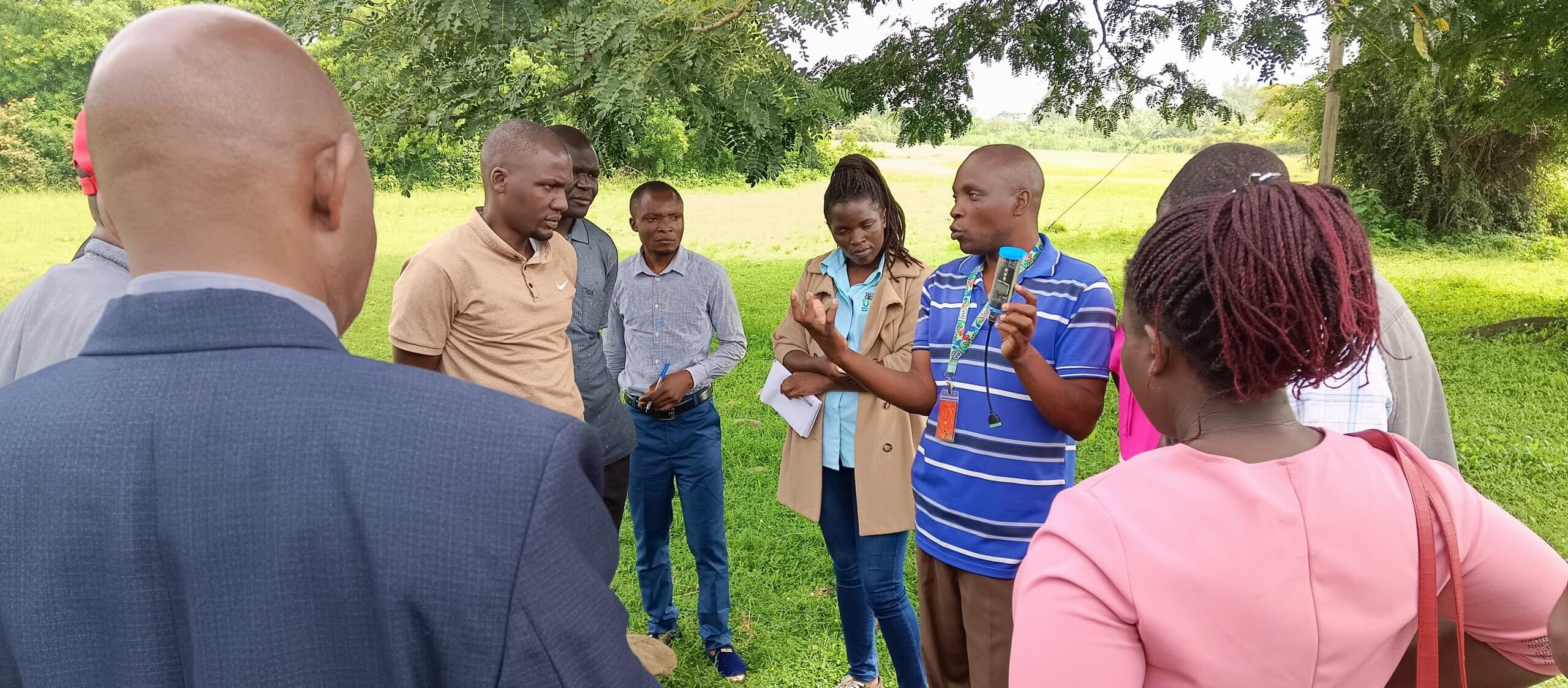
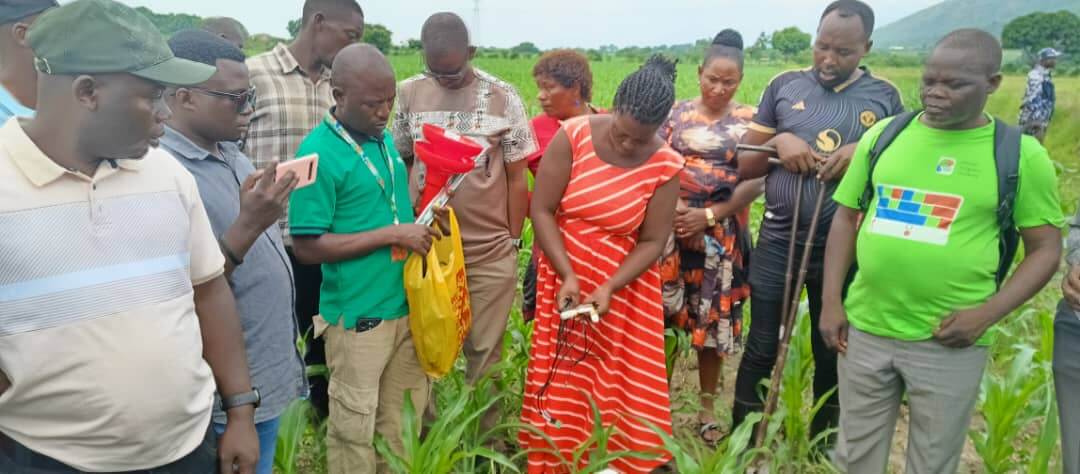
Addressing water related conflicts
Following the training, district technical and political leaders are upbeat that some of the challenges that have been affecting their population, are set to be resolved. The District Production Officer, Mr. Julius Baluku said the district has been vulnerable to dry spells during planting times. “We experience conflicts and sometimes physical fights by farmers for water because of inadequate water, especially during dry spells,” Mr. Baluku said, contextualizing the importance of the tools. “The tools will help in efficient water use through proper scheduling/rationing based on actual needs. Once farmers access adequate water, productivity will be enhanced, leading to better income and food security, thereby lifting people from a subsistence economy to a money economy, which is the target of the Uganda Government.”
Hon. Beth Kyomya, the representative of the LC5 Chairman Kasese District said the district largely depends on agriculture for both animal and crop systems, yet it has a vast mountainous landscape with 878 villages, which are short of extension workers. “Due to the terrain, soil nutrients are washed downhill. Technologies for soil and water management are therefore critical,” she noted. “As politicians, we pledge to support the technical staff to disseminate these technologies which are being promoted by Government and partners—ASARECA.”
What is virtual irrigation?
The concept of Virtual Irrigation Academy entails actors working together even without being physically present at the irrigation scheme. Data from the tools are relayed to virtual platforms, which cascade the levels of decision making on irrigation from farm to district, and national level.
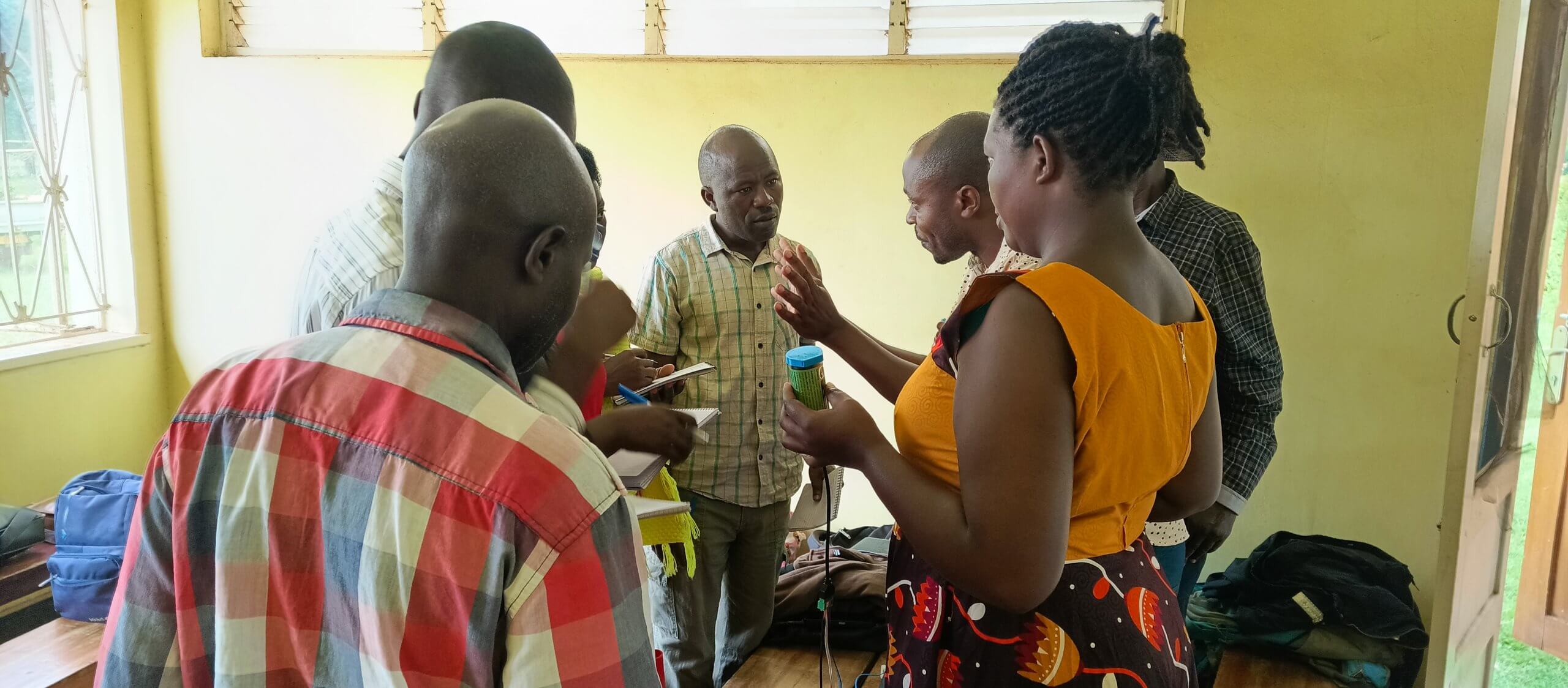
About VIA
The VIA started in 2015 as a Commonwealth Scientific and Industrial Research Organization (CSIRO) research project that received funding from Australian Centre for International Agricultural Research (ACIAR) to undertake a specific research work in Africa. As a research project, the VIA has been incorporated into research and development projects across many countries in Africa Asia and the Pacific in just a few years. According to the official VIA website, https://via.farm/, globally, VIA tools are used in more than 24 countries. To date, a total of 87,849 Chameleon sensors have been distributed to partners. Over 4194 farmers and farmers learning groups are using VIA data. In Africa, Malawi his nurtured over 1000 monitoring sites making a major difference to irrigation across the country.
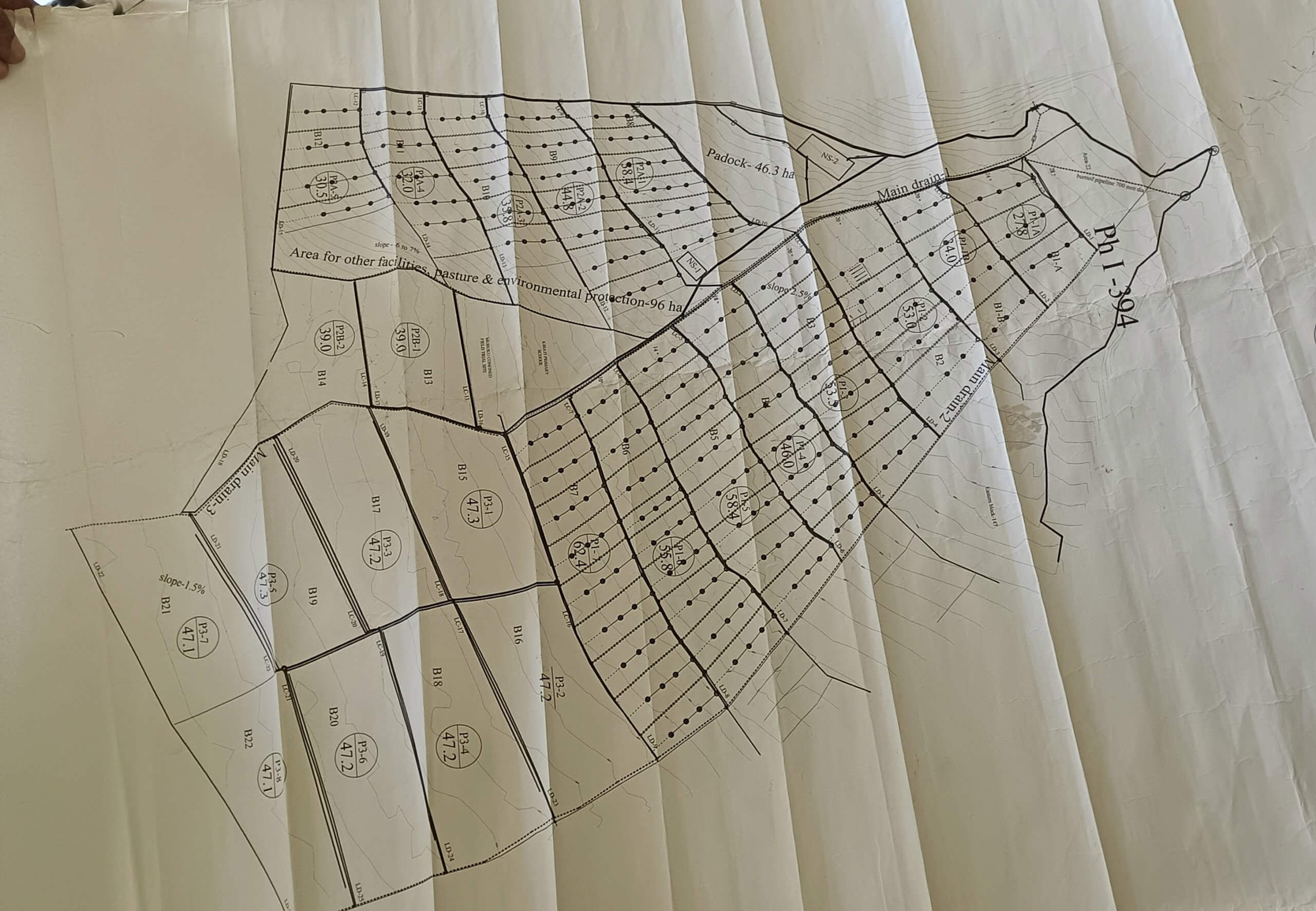
Mubuku Irrigation Scheme
Mubuku Irrigation Scheme, where the tools were first introduced in Uganda, is a Government facility with 2000 hectares of land divided into two Schemes: Mubuku I, which has 516 hectares of land and 164 farmers cultivating in it and is supplied by Sebwe River; and Mubuku II with 480 hectares and 213 farmers cultivating in it. It is supplied by River Nyamwamba. Within the large scheme, about 1010 hectares of land have been dedicated to dairy farming.
AICCRA, CGIAR, World Bank alignment
The scaling of globally tested noble technologies in Mubuku irrigation scheme is in line with two key components of the AICCRA project namely: (i) strengthening partnerships for delivery of climate-smart innovations in agriculture through building of human and institutional capacities, thus enabling researchers and development workers to anticipate likely impacts on of climate change on agriculture, food security, and rural livelihoods; and (ii) supporting the uptake of Climate-Smart Agriculture innovations among small-scale farmers and intermediaries in selected value chains by supporting the validation of CSA technologies in the field, linking validated technologies to technology transfer systems, and improving access to climate-informed agricultural advisory services.
